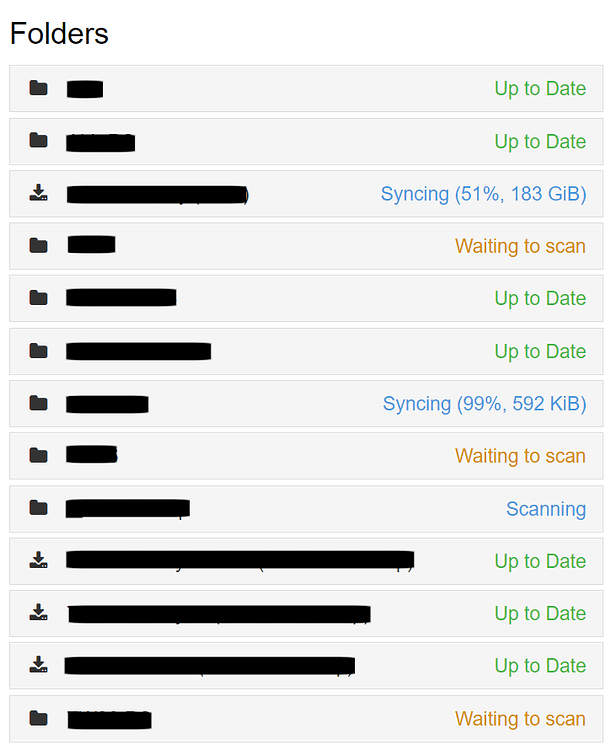
We use -cpus to set a CPU utilization limit, -cpuset-cpus to associate containers to dedicated CPUs or CPU-cores, and we have -cpu-shares which we will use to control CPU allocation-priority for a Docker container. We have several attributes, which we use to control CPU allocation and allocation-priority for a Docker container.

We can use the Docker Desktop application to control the overall limit of CPU utilization in all Docker containers. On macOS, the host is a virtualized system leveraging Apple’s Hypervisor framework (which has been released with macOS 10.10 Yosemite).

If you are using Docker Desktop, the host I mentioned, it is a virtualized host, responsible for running your Docker containers. Relax, a Docker container will not consume the entire CPU power of your physical host. Containers can all of the hosts given CPU power.
Syncthing cpu usage how to#
Consider reading my article, Limit Memory For Docker Containers, and learn how to prevent memory-intensive Docker containers from draining your overall system performance.īy default, Docker does not apply any CPU limitations. On top of providing CPU limits for Docker containers, you should also limit the memory consumption. This post explains how you can limit CPU utilization for specific Docker containers to have better control of the overall hardware utilization. There are containers that - perhaps unintentionally - have a very high CPU utilization. Although this may be the case for the vast of situations, there are exceptions.

If we think about Docker containers, we tend to associate words like efficient and small to them.


 0 kommentar(er)
0 kommentar(er)
